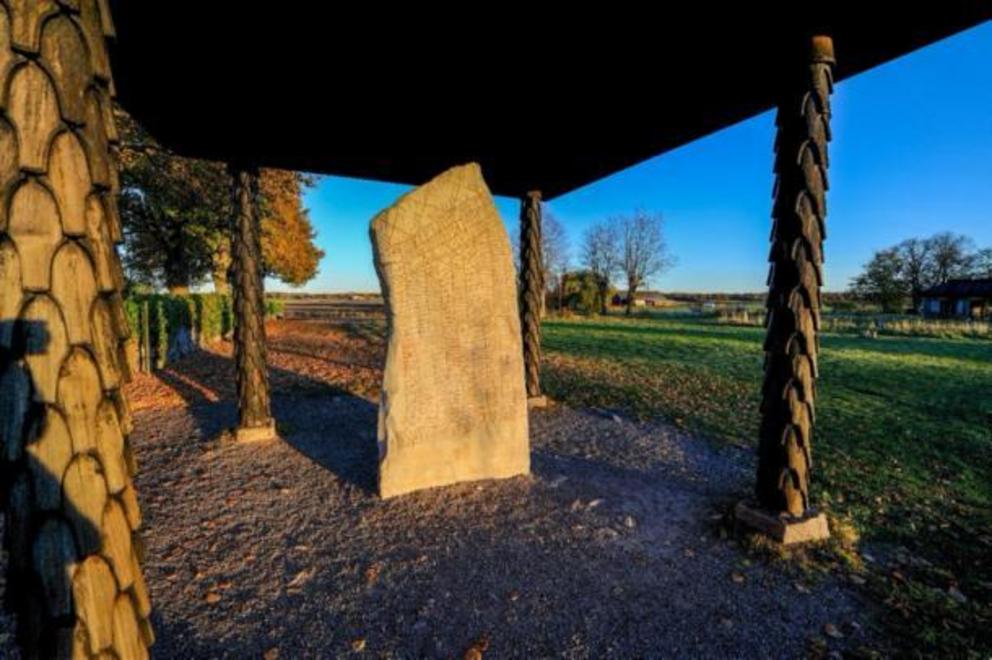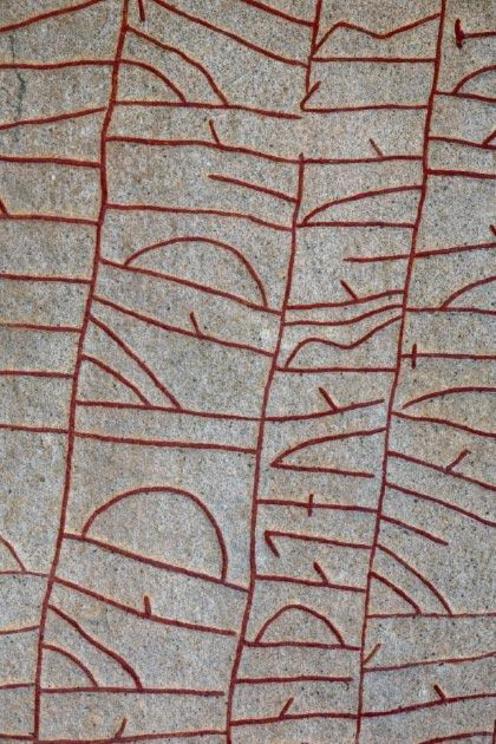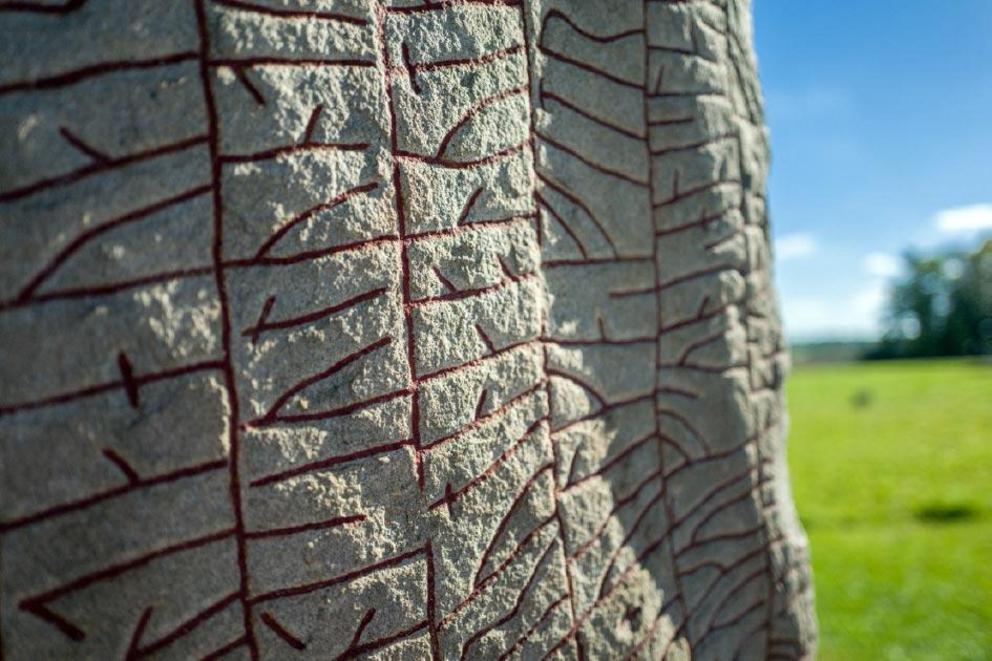Decoded Viking runestone reveals fears of climate apocalypse
Written in stone by Vikings – the Rok runestone from the 9th century features the longest known runic inscription and is considered the first piece of Swedish literature.
Scholars have long been baffled by the coded runic message of the ‘Rök Runestone’ but a new interpretation claims it spells out a chilling Armageddon prophecy.
One of the world's most famous Norse runestones is now thought to have been erected by a Viking who seems to have feared the repeat of a previous climate crisis in Scandinavian history. The new findings are published in the science journal Futhark: International Journal of Runic Studies by a team of researchers led by Professor Per Holmberg at the University of Gothenburg, who unraveled each of the stone’s ‘nine mysterious riddles.’
The End of The World Is Nigh
The mysterious Rök Runestone was carved in the first half of the 9th century, but for many years it was hidden in the fabric of a 12th Century church in the town of Ödeshög, in the province of Östergötland in Sweden. The stone was rediscovered during building work in 1843 when a team of workers renovating the church came across the ancient Viking monument and in 1862 it was finally put on display in the open churchyard, where it remains today.
The magnificent stone is covered in cryptic runic carvings that had challenged scholars for generations but now it’s finally been decoded and offers a chilling vision of a then impending apocalypse. The researchers think five of the stones’ mysterious questions express concerns about the fate of the sun, and the other four relate to the Norse god Odin, who commanded gods and men at Ragnarok, the last battle at the end of the world after which only two humans would be left to repopulate the Earth.
 The Rök stone - the most famous runestone in Sweden.
The Rök stone - the most famous runestone in Sweden.
The Sun and Moon Took A Year Off
A report in the New Zealand Times says that mixed between the nine verses appear to be references to the life of a Viking chieftain called Yarin who commissioned the stone in honor of his son, Vamoth. Furthermore, other passages mention Theodoric the Great who famously led the Ostrogoths across Europe while the Roman Empire crumbled. The scientists think it ‘strange’ that Theodoric died in 526 AD, some 300 years before the Rökstenen was created, some nine generations before Varin’s time.
Dr. Bo Gräslund, a professor in Archaeology at Uppsala University, said Theodoric’s reign marks the beginning of a ‘long dark time in history’ when massive volcanic eruptions caused poor summers and bitter winters. This climate event was recorded in 536 AD by Byzantine chronicler Procopius, who said when snow fell in high summer ‘a most dread portent took place’. He said, ‘For the sun gave forth its light without brightness, like the moon, during the whole year’ and at this time crops failed and people across Scandinavia perished and starved.
 Inscription on the Rok Runestone.
Inscription on the Rok Runestone.
Climate Change Data Trapped in Mythology
According to Dr. Bo Gräslund, the Viking Varin seems to have ‘foreseen the whole thing coming again’ and this paranoia is thought to have been inspired by a number of events which occurred at the time, which must have seemed ‘extremely ominous’ before the Rök Runestone was erected, says the scientist. Astronomers know that at that time, a powerful solar storm caused dramatic shades of red in the sky and that crops had suffered from an extremely cold summer and what’s more, the solar eclipse occurred just after sunrise and the scientist said even one of these events would have been enough ‘to raise fears of another Fimbulwinter’.
Described in the Poetic Edda , ‘Fimbulwinte’ is the immediate change in climate preluding Ragnarök and the word means ‘great winter, ’ and is still used today in Denmark, Norway, Sweden and other Nordic countries. In Norse mythology Fimbulwinter is actually three successive winters when snow comes in from all directions, without any intervening summer, causing widespread wars.
Some archaeologists maintain the inspiration for the mythological Fimbulwinter was the climate shift and extreme weather events of 535–536 AD, which according to a Harvard paper by Dr. H. D. Abbot were ‘the most severe and protracted short-term episodes of cooling in the Northern Hemisphere in the last 2,000 years’, causing drops in temperature across northern Europe. But there are others who think the origins are to be found in another climate change at the end of the Nordic Bronze Age which began about 650 BC.

